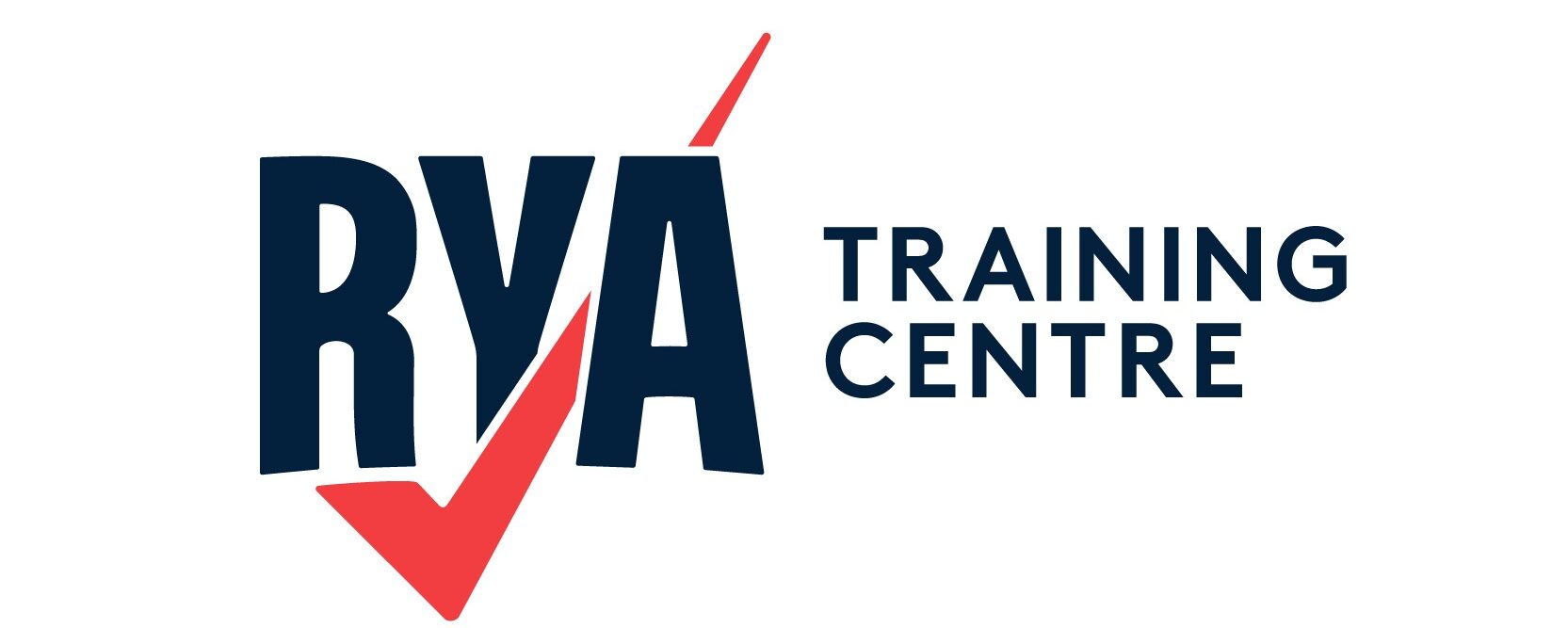All boaters using petrol, and especially anyone new to boating, should appreciate the nature of petrol vapour especially in the context of the bucket-like quality of a boat cabin and hull.
The Danger of Petrol on a Boat
 The fundamentals are that petrol, when spilt or exposed to open air, can vaporise quickly and the vapour can be ignited easily by any spark, flame, cigarette, etc. Even a small spill of petrol will create a large amount of vapour. Likewise when it is being poured and when a tank is being filled, the vapour in the ‘empty’ tank is displaced by the new liquid fuel.
The fundamentals are that petrol, when spilt or exposed to open air, can vaporise quickly and the vapour can be ignited easily by any spark, flame, cigarette, etc. Even a small spill of petrol will create a large amount of vapour. Likewise when it is being poured and when a tank is being filled, the vapour in the ‘empty’ tank is displaced by the new liquid fuel.
Escaping vapour will sink to the lowest level of its surroundings, accumulating at low level in places such as cabin floors, lockers, bilges and other ‘still-air’ spaces. Even if the concentration of vapour is too rich to ignite immediately, it will dilute creating the potential for a serious fire and/or an explosion, even though, given enough ventilation, it may dissipate to a safe level eventually.
Petrol Safety Tips
The Boat Safety Scheme (BSS) has produced 10 petrol safety tips:
- Before starting out and even before the crew boards the boat, use sight, touch and sense of smell to check the fuel system and engine for any petrol leaks or weeping fuel and signs of deterioration, looseness, cracks or any other damage.
- Crucially, do not switch on the electrical supply or turn the ignition key if there’s a strong smell of petrol. Ventilate the cabin and bilges and investigate the source.
- To prevent petrol vapour being blown back or flowing down into the boat during refuelling, close all windows, hatches, companionways, etc; turn off all cooking appliances and other ignition sources before removing any tank or container caps.
- Double check the correct filling point has been selected before re-fuelling. If the worst thing happens and fuel goes down the wrong filling point, deal with the situation immediately and get expert help if you have any issues about handling the problem safely. Warn people around the boat what has happened and what you are doing. Prevent them from igniting the petrol vapour accidentally.
- Petrol leaks and spills can readily vaporise and ignite in an instant. Clean up any fuel spills straight away and make sure filler caps are secure after refuelling.
- Avoid decanting petrol from containers, but if you have to, use proprietary anti-spill containers, spouts or nozzles to allow, clean and easy, no-spill refuelling.
 If you have to carry spare petrol use proper cans, specifically designed for petrol, anything else could allow fuel and vapour to escape. To comply with UK law, don’t keep more than 30 litres of petrol on board (other than in your main fuel tank) and ensure that spare petrol is kept in containers that are no more than 10 litres if plastic, or 20 litres if metal.
If you have to carry spare petrol use proper cans, specifically designed for petrol, anything else could allow fuel and vapour to escape. To comply with UK law, don’t keep more than 30 litres of petrol on board (other than in your main fuel tank) and ensure that spare petrol is kept in containers that are no more than 10 litres if plastic, or 20 litres if metal.- Don’t overfill petrol containers, leave some expansion space. Stow them securely upright and protected from pressurisation by siting them away from intense heat and out of direct sunlight. But never stow spare petrol in the engine or cabin space.
- Avoid refuelling any portable engine or tank aboard the boat; take it to the shore and a safe distance from other boats and any other sources of ignition. But always heed any marina or mooring guidance and rules on refuelling and the handling of petrol.
- Never use any bowl, bucket or other open container to carry or transfer petrol or mix in 2-stroke oil.
Download the BSS ten essential petrol safety tips for boats.


